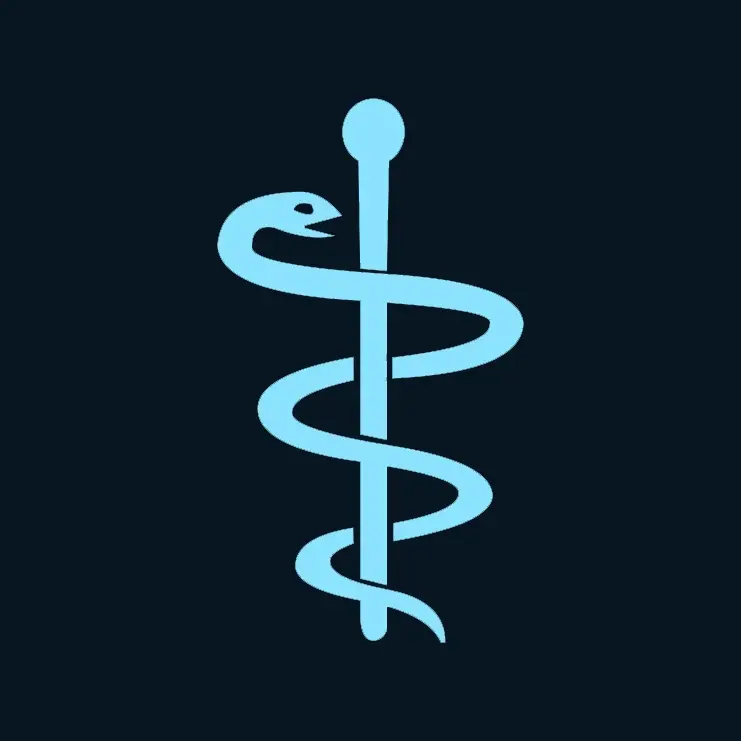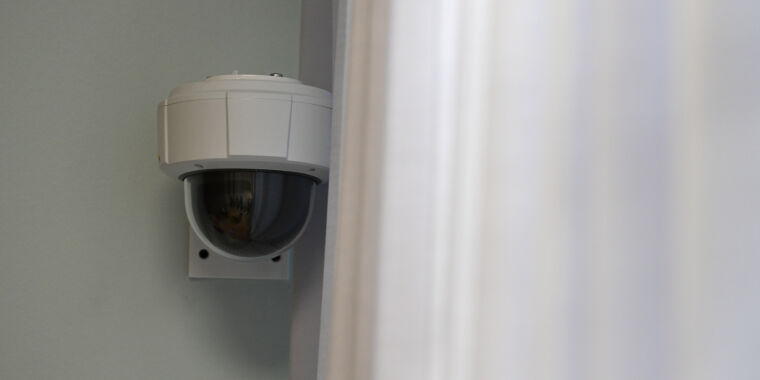- cross-posted to:
- technology
- cross-posted to:
- technology
This certainly is a step in the direction of automated surgeries.
Even before we get to that point, monitoring tools like this could reduce the mental load on hospital staff during surgeries, making their jobs that much more efficient and reducing overall stress levels. Pretty clear win in my book.
This is the best summary I could come up with:
AI-powered surveillance technology is quickly making its way into hospital operating rooms around the country, where it works to constantly collect audio, video, patient vital signs, and a wealth of other surgical data, all in the name of improving safety and efficiency.
The software aggregates and analyzes the data and reports back to the hospitals with insights on protocol compliance, efficiency, safety audits, quality controls, and key video and audio clips for review, annotation, and education.
For example, the Boston Globe noted that Duke Health in North Carolina started using an OR Black Box four years ago and realized after looking at the data that its surgical teams weren’t carefully following the protocol for preparing patients’ skin for incisions.
“It’s the simple things that we thought we were doing well,” Christopher Mantyh, professor of surgery and vice chair of clinical operations at the Duke University School of Medicine, told the Globe.
At Mayo Clinic, which installed Black Boxes in late 2021, hospital administrators used the technology to figure out that key surgical equipment was not optimally arranged in some of its operating rooms.
“There have been a lot of positive changes around teamwork and team function and how we respond to things,” Sean Cleary, MD, a surgical oncologist at Mayo Clinic, told Becker’s Hospital Review.
The original article contains 774 words, the summary contains 215 words. Saved 72%. I’m a bot and I’m open source!



